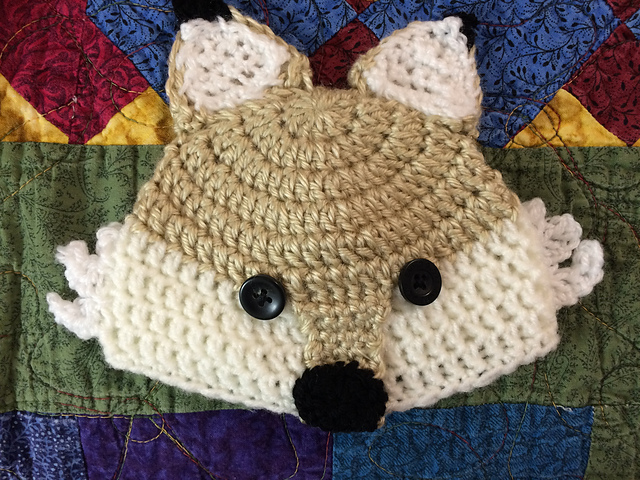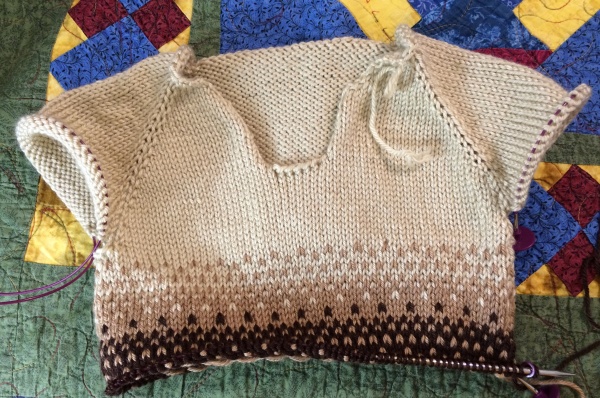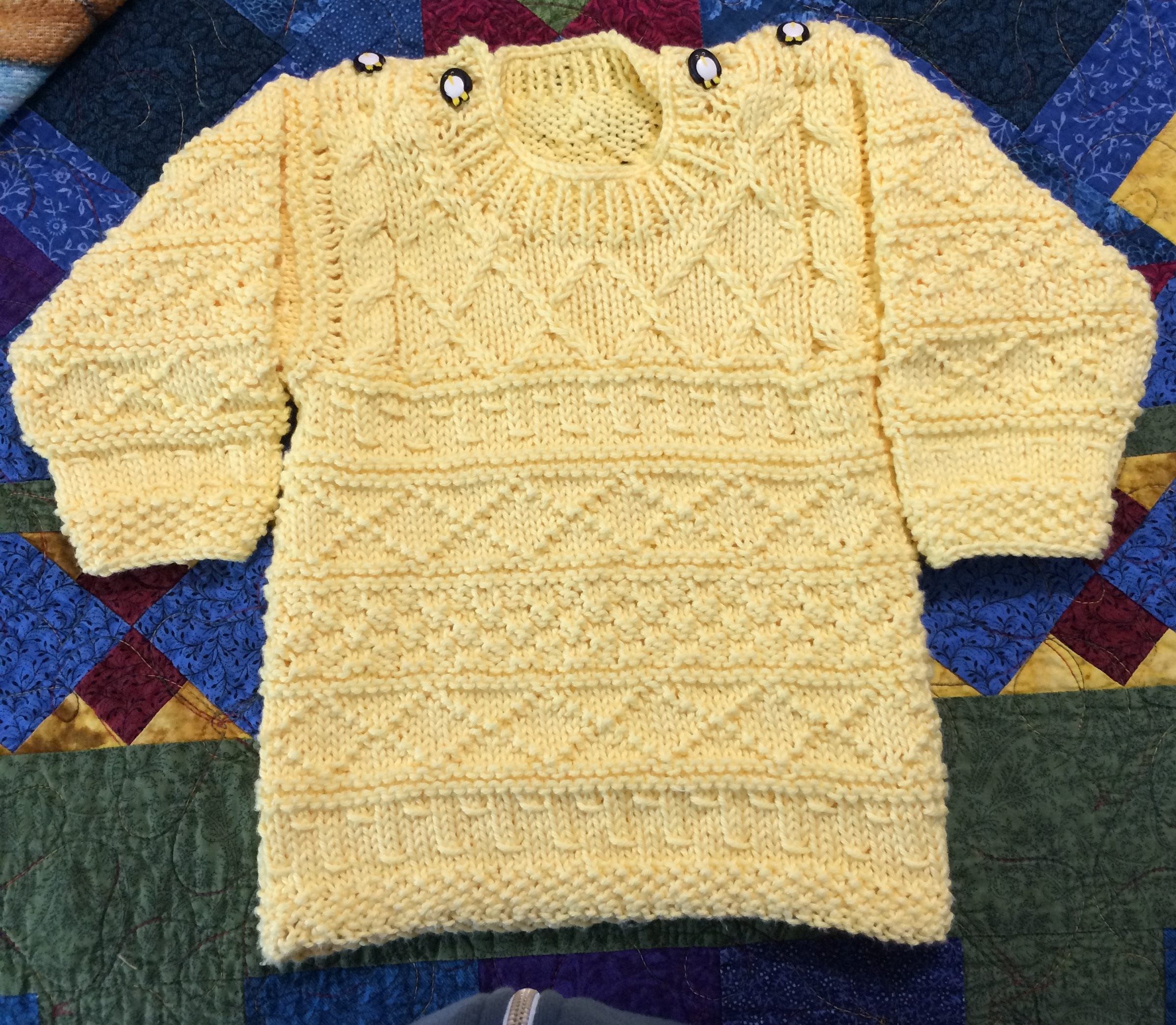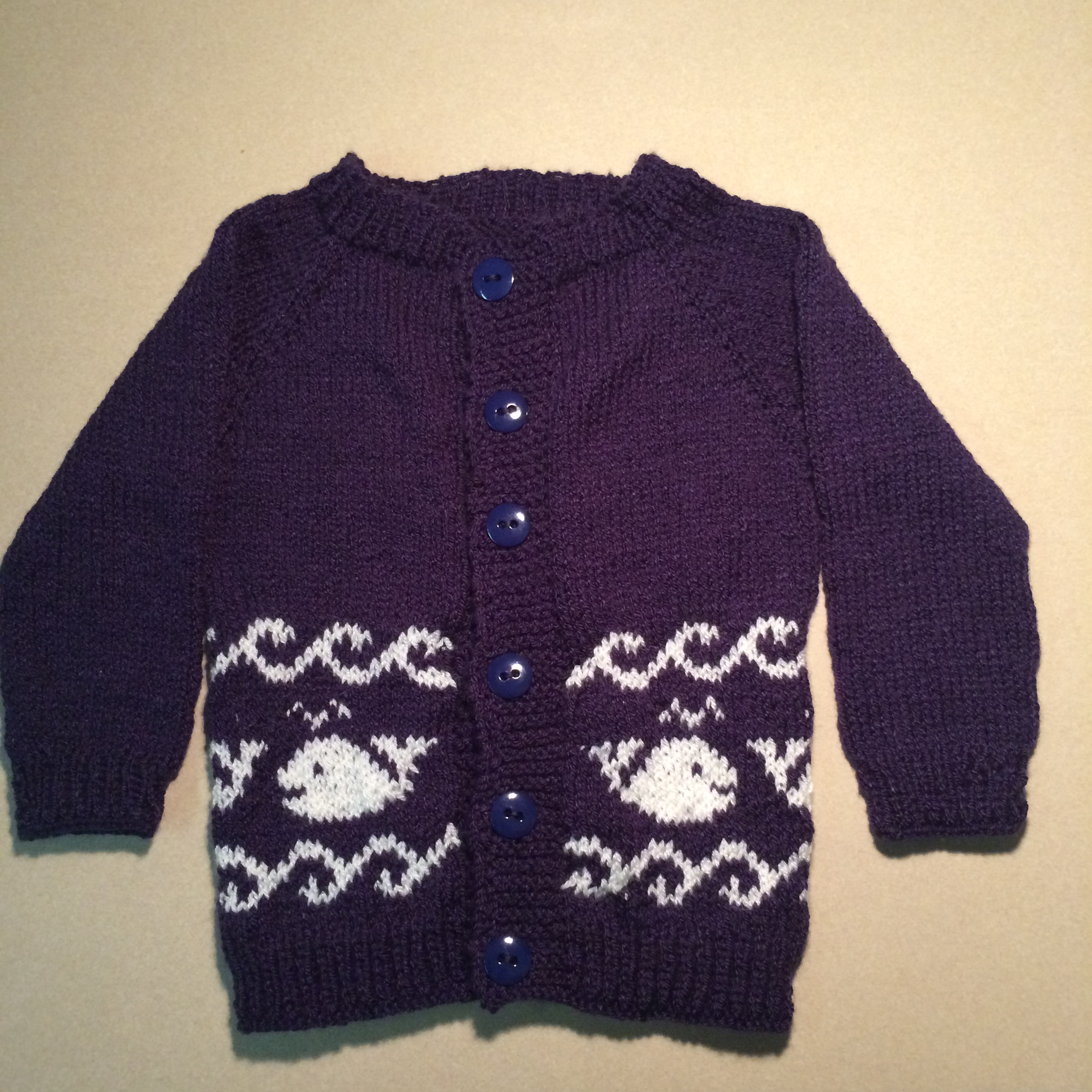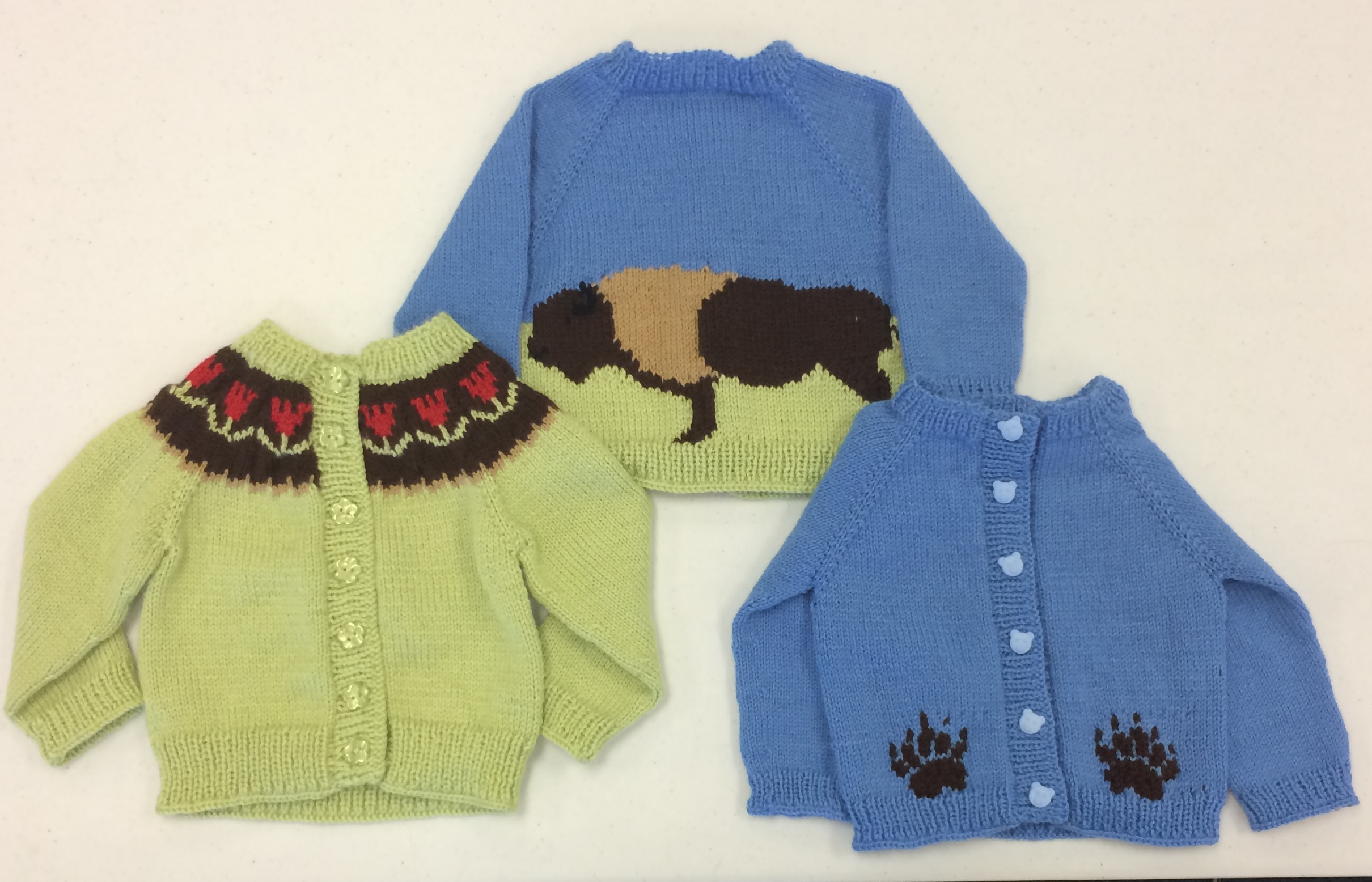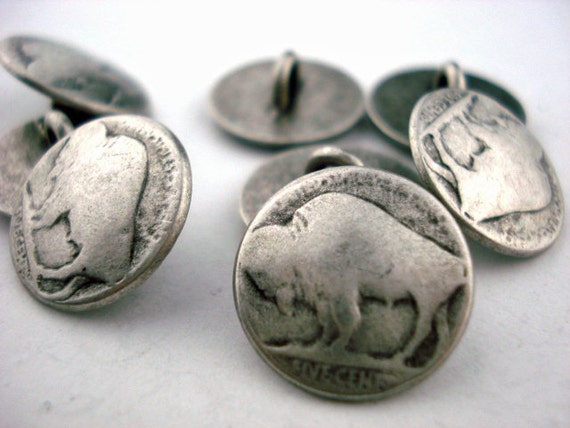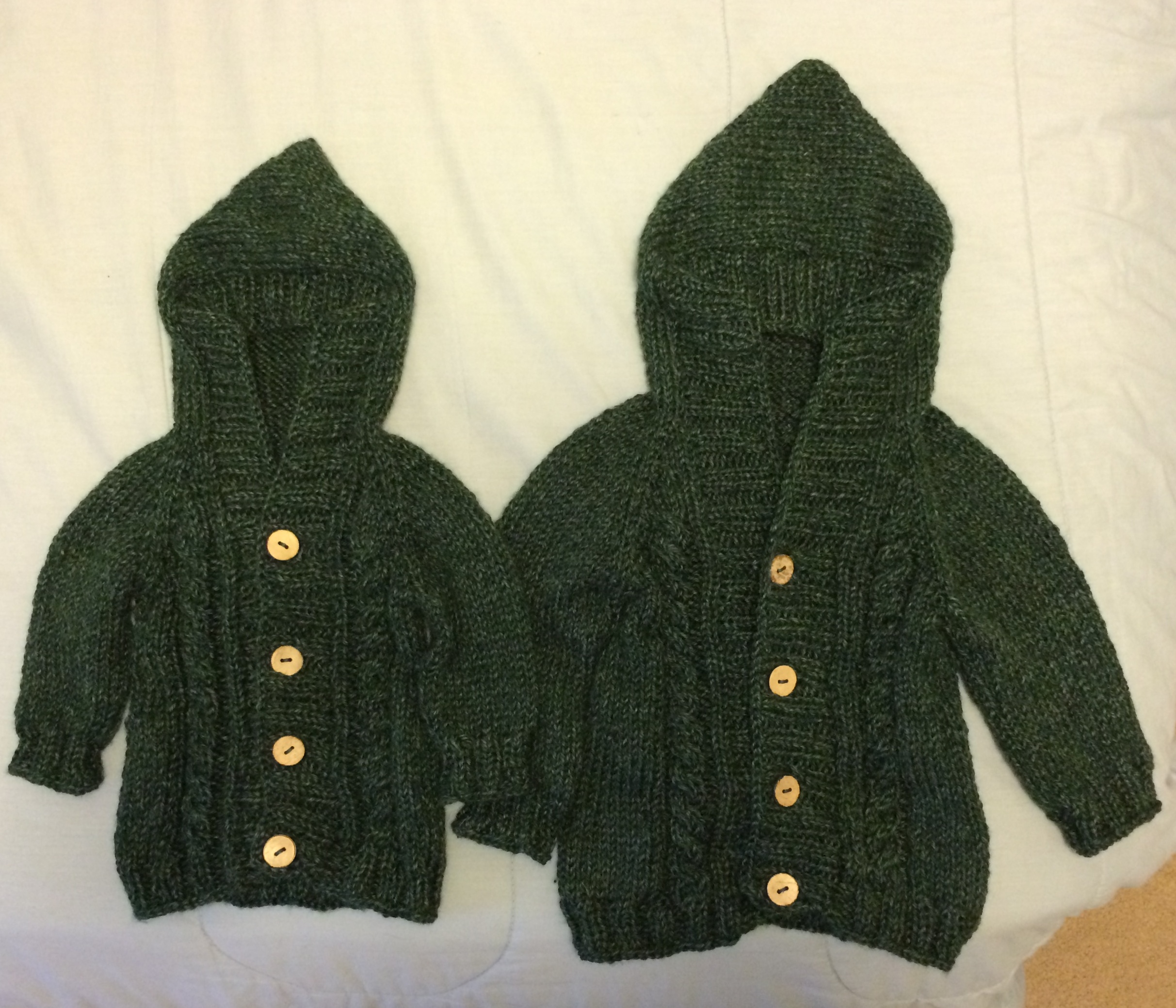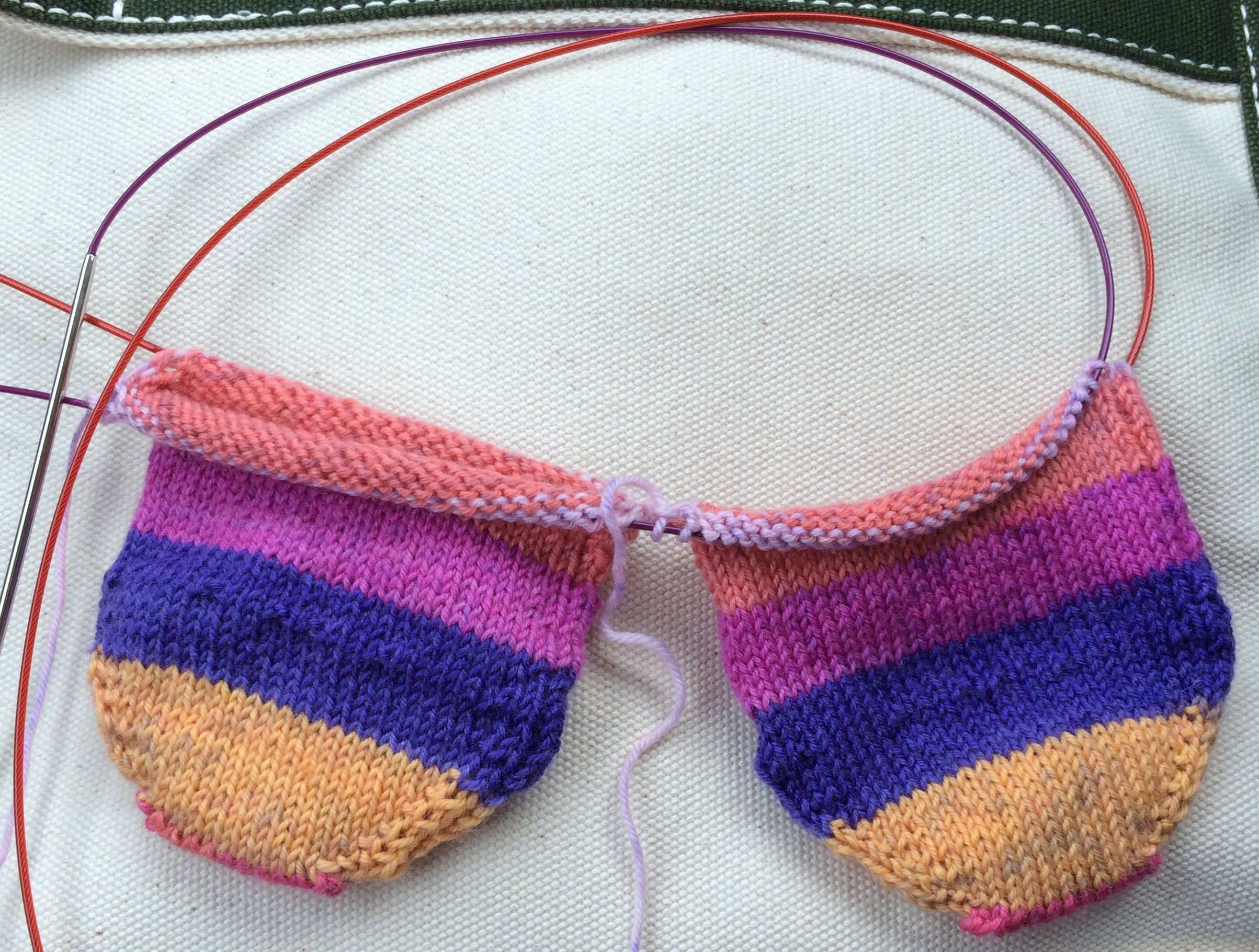I’m demoing a variety of knitted cast ons at this week’s Knitting Circle. This is a collection of resources to refer back to.
Regular Cast Ons
Knitted Cast On
As its name implies, this cast on is based on the basic Knit stitch. Start with a slip knot on your left needle. Insert your right needle into the slip knot and work a knit stitch, but instead of slipping the worked stitch onto your right needle, place it back on your left needle. You now have two stitches, and your needle is set to work another.
Demo with video and pictures
Cable Cast On
This is similar to the knitted cast on. Begin the same way, until you have two stitches on your left needle, but then insert your needle between the first and second stitches and work as if it were a knit stitch, slipping the new stitches onto the left needle as with the knitted cast on.
Demo with pictures
Long-tail Cast On
Start with a slip knot on one of your needles, which you hold in your right hand. Loop the yarn over your thumb and forefinger, with the tail end over your thumb, and anchoring both ends of the yarn in your fist. Bring the needle tip up into the center under the strand of yarn that runs from your thumb to your fist, over the strand on your index finger, and through the loop this has created over your thumb. Release the loop of yarn and tighten your new stitch.
Demo with pictures
Backwards Loop Cast On
Start with a slip knot on one of your needles. Pick up a loop of yarn and twist it, then place it on your needle, making sure the tail is trapped between the outside of the loop and the slip knot.
When knitting your first row of stitches after casting on with this method, you will feel that you have done something wrong, because the cast on loops will suddenly feel very loose. This is normal with this technique. Don’t panic!
Demo with video and pictures
Jeny’s Stretchy Slip Knot Cast On
This is the stretchiest cast on I know of. It is just a series of slip knots. Caveats for this method:
- Works best with a smooth yarn. Fuzzy or bumpy yarns will not want to tighten properly.
- You must be careful to hold the beginning of each slip knot right up against the previous one, because it is a knot, and once it has been tightened, you will not be able to snug it up.
- Hold the bottom of each slip knot as you tighten, otherwise you will end up with a twisted line of stitches.
Creator’s website with link to demo video
Provisional Cast Ons
A provisional cast on creates a line of live stitches that can be worked in either direction. You will usually work in one direction, then return to your cast on, pick up the stitches being held on your spare yarn, and continue in the opposite direction.
Long-tail-style Provisional Cast On
Take a strand of yarn of a similar weight to your working yarn (it is best to use a smooth yarn of contrasting colour) and tie the two yarns together. Anchor the knot against the needle in your right hand, and loop the two yarns over the thumb and forefinger of your left hand, with the working yarn over your thumb and anchoring the ends in your fist. Rest your needle between the two threads, and from that position, bring it down and under the working strand, then up and over the provisional strand and under the working strand again, down through the center and up along the index finger side. This will create two stitches. If you have a nice, flexible cable needle, you can use that instead of the waste yarn. The advantage is that it’s easier to pick up the stitches from the cable needle than from the waste yarn. Even better, if your cable needle is of the same size as your working needle (or you have a set of interchangeable needles), you’ll just be able to start working from that needle without having to pick up stitches at all!
Demo with video
Crochet Provisional Cast On
Using a scrap of spare yarn (preferably a smooth yarn in a contrasting colour to your working yarn) crochet a chain that is ten or fifteen stitches longer than you need to cast on. Turn the chain over so that the bumps on the rear of the stitches are visible. Starting a few stitches from the end, pick up and knit the number of stitches you need into consecutive crochet bumps.
Video demo
This is just a bare sampling of the different types of cast ons available. A quick google search will reveal that there are literally dozens of different cast ons and variations on cast ons. We will always have a favourite go-to cast on, but it’s good to be passingly familiar with other methods, which might work better for a given project.
Some other online resources
Keep On Knitting Blog
Cast Ons Page on KnittingHelp.com
Knitting At Large’s Catalog of Cast Ons



